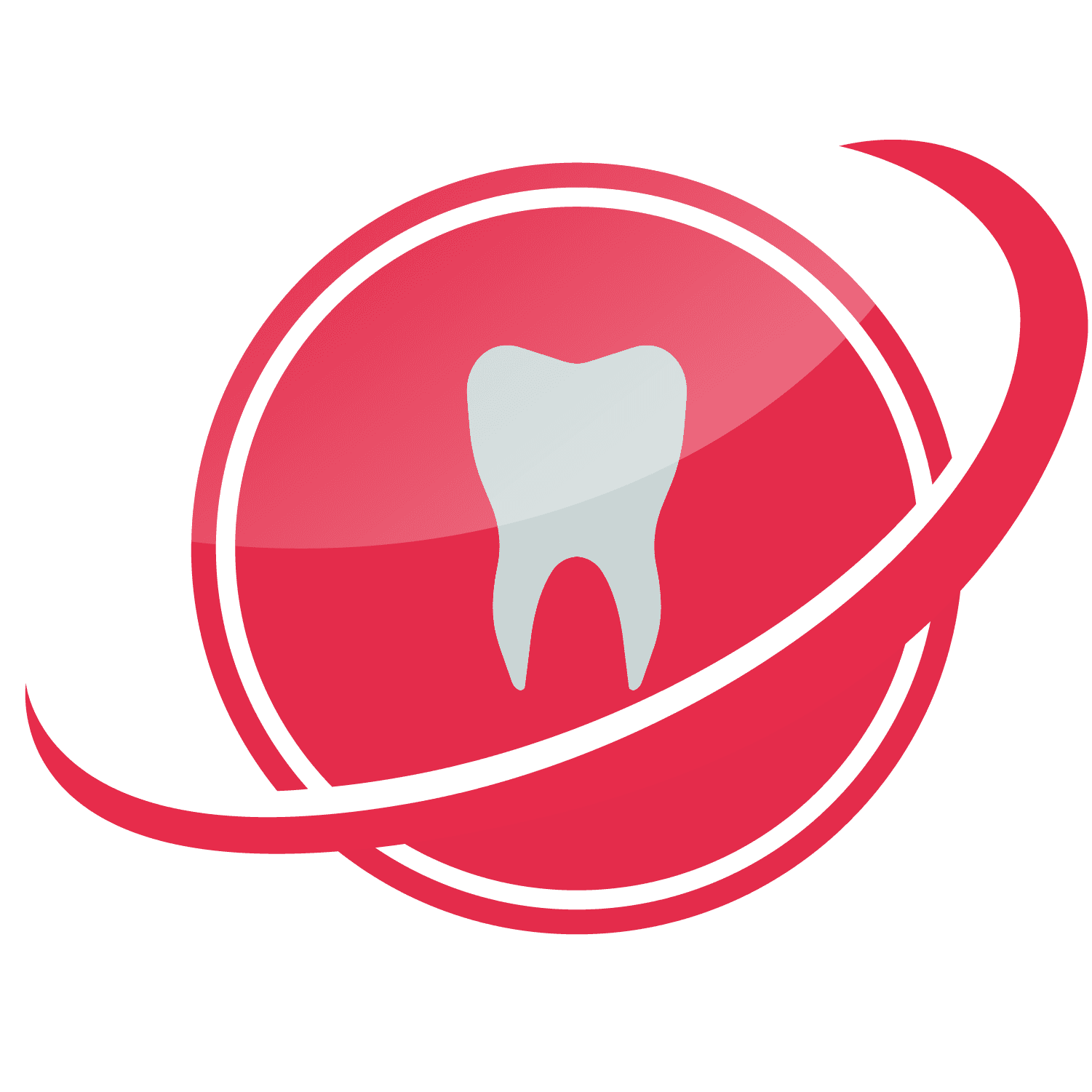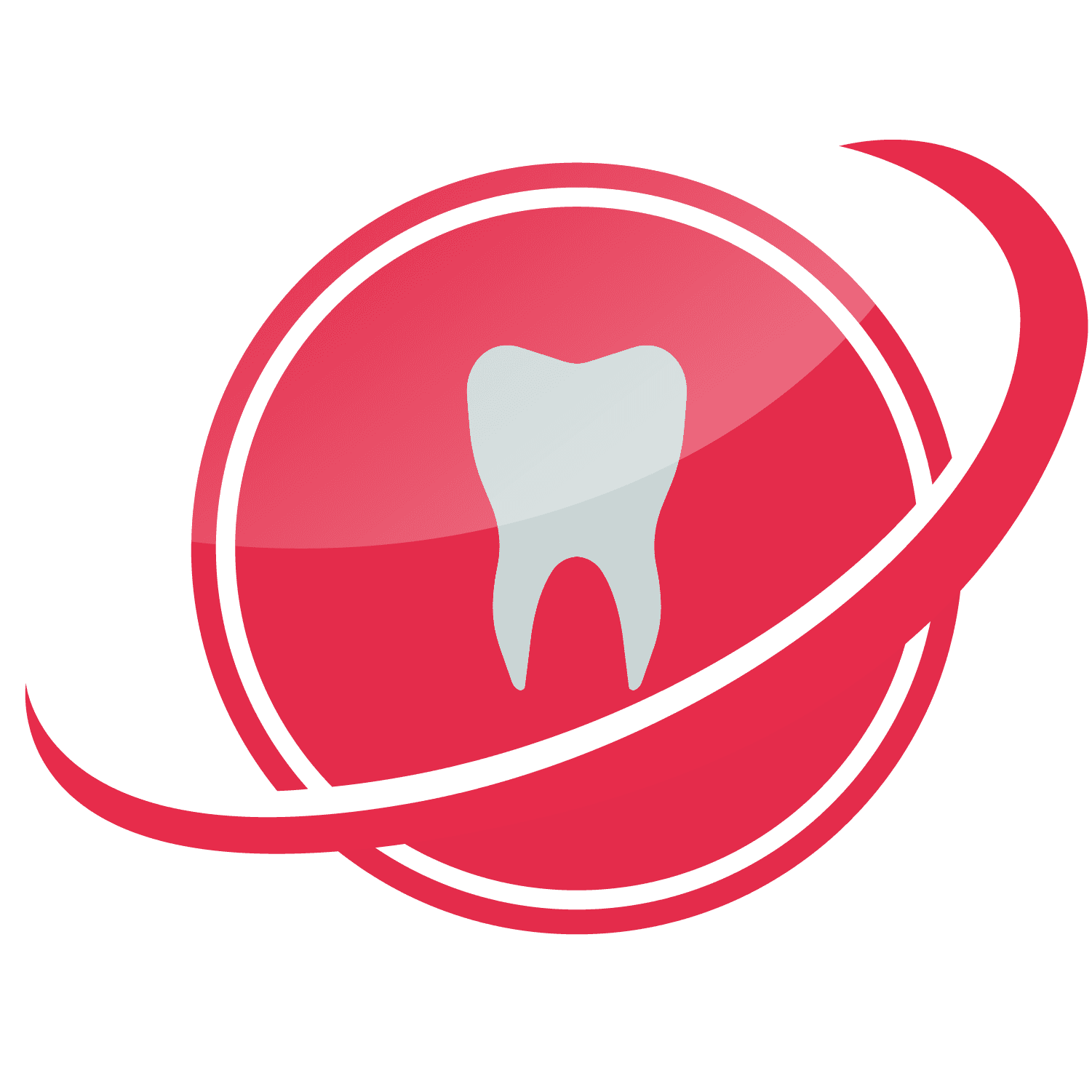Impacted teeth are a common dental concern that can lead to various complications if left untreated. Understanding the classification of impacted teeth is crucial for both dental professionals and patients. In this comprehensive guide, we will delve into the different types of impacted teeth, their classifications, and explore a valuable diagnostic tool known as WAR lines. By the end of this article, you will have a clear understanding of impacted teeth and their significance in dentistry.
What Are Impacted Teeth?
Impacted teeth refer to teeth that fail to emerge or erupt properly into their normal position in the dental arch. This condition can occur for various reasons, such as lack of space in the jaw, abnormal tooth development, or obstruction by other teeth. Impacted teeth are a common occurrence, with wisdom teeth being the most well-known example.
Classification of Impacted Teeth
Classification of Impacted Teeth
Impacted teeth can be classified into several categories based on their location and orientation within the jaw. The most commonly impacted teeth are the third molars, or wisdom teeth, but other teeth can also become impacted. Here are the primary classifications:
Vertical Impaction :
In this type, the impacted tooth is oriented vertically within the jawbone and is the least complex to treat. Vertical impaction often occurs when there is insufficient space for the tooth to erupt properly.
Horizontal Impaction :
A horizontally impacted tooth is positioned horizontally within the jawbone. This orientation can lead to significant pain and discomfort, and extraction is usually necessary to prevent complications.
Mesioangular Impaction :
Mesioangular impaction occurs when the tooth is tilted forward, toward the front of the mouth. This is a common orientation for impacted wisdom teeth.
Distoangular Impaction :
In contrast to mesioangular impaction, distoangular impaction occurs when the tooth is tilted backward, away from the front of the mouth.
Transverse Impaction :
Transverse impaction refers to a tooth that is positioned horizontally but is also rotated within the jawbone. This orientation can be particularly challenging to treat.
Diagnostic Tools in Identifying Impacted Teeth
Accurate diagnosis of impacted teeth is essential for planning effective treatment. Several diagnostic tools are commonly used by dentists to identify impacted teeth, including:
X-rays :
Dental X-rays, such as panoramic radiographs and cone-beam computed tomography (CBCT), provide detailed images of the teeth and surrounding structures, allowing dentists to visualize impacted teeth.
Clinical Examination :
Dentists will also conduct a thorough clinical examination, including visual inspection and palpation, to assess the presence of impacted teeth and their associated symptoms.
Symptoms :
Patients may experience symptoms such as pain, swelling, and difficulty in opening their mouths, which can be indicative of impacted teeth.
Common Complications of Impacted Teeth
Common Complications of Impacted Teeth
Impacted teeth can lead to various complications if left untreated. Some of the common complications include:
Pain and Discomfort :
Impacted teeth often cause pain and discomfort, especially when they become infected or start pressing against adjacent teeth.
Infections :
Impacted teeth can create pockets where bacteria can accumulate, leading to infections such as pericoronitis, which is inflammation around the crown of an impacted tooth.
Cysts and Tumors :
Long-standing impactions can lead to the formation of cysts or tumors in the jawbone, which may require surgical removal.
Damage to Adjacent Teeth :
Impacted teeth can exert pressure on neighboring teeth, leading to crowding, shifting, or damage to adjacent dental structures.
Gum and Soft Tissue Problems :
Impacted teeth can cause gum inflammation, swelling, and soft tissue injuries, making oral hygiene maintenance challenging.
Significance of WAR Lines
Significance of WAR Lines
WAR lines, or Winter's Angle of Rotation Lines, are a valuable diagnostic tool used to assess the position and angulation of impacted teeth. These lines are instrumental in planning the extraction procedure and understanding the complexity of the impaction. Let's delve deeper into the significance of WAR lines:
Definition :
WAR lines are imaginary lines drawn on a dental radiograph that help determine the angulation of impacted teeth in relation to adjacent structures. They were first introduced by Dr. George A. Winter and have since become a crucial part of the diagnostic process.
Identification of Angulation :
By analyzing the angle formed by the crown and root of the impacted tooth in relation to the long axis of the tooth, dentists can classify impactions more accurately. This classification aids in determining the complexity of the extraction.
Surgical Planning :
The information provided by WAR lines is invaluable in planning the surgical approach to extract impacted teeth. Dentists can anticipate potential challenges and complications based on the angulation and position of the impacted tooth.
Treatment Outcomes :
Understanding the angulation and position of the impacted tooth is essential for achieving successful treatment outcomes. Proper assessment and planning reduce the risk of damage to adjacent structures and ensure a smoother recovery for the patient.
Treatment Options for Impacted Teeth
Treatment Options for Impacted Teeth
The treatment of impacted teeth depends on various factors, including the type and position of impaction, the patient's age, and overall oral health. Common treatment options include:
Extraction :
Extraction is often recommended for impacted teeth, especially when they cause pain, infection, or other complications.
Orthodontic Intervention :
In some cases, orthodontic treatment may be used to create space for the impacted tooth to erupt naturally.
Surgical Removal of Cysts or Tumors :
If a cyst or tumor has formed due to an impacted tooth, surgical removal may be necessary.
Pain Management :
Managing pain and discomfort associated with impacted teeth may involve medications and warm compresses.
Ridge lap is a dental term referring to a specific prosthetic design used in replacing missing teeth. It involves the restoration of a missing tooth by attaching an artificial tooth (pontic) to adjacent natural teeth with the help of a partial denture or bridge. This technique is commonly employed to address the aesthetic and functional concerns associated with tooth loss.
The modified ridge lap is an advanced adaptation of the traditional ridge lap technique. It offers improved esthetics and comfort for patients with missing teeth. In this approach, the artificial tooth is designed to closely mimic the appearance of a natural tooth, blending seamlessly with the patient's existing dentition. This modification enhances both the appearance and function of the dental prosthesis.
Ovate is a term used in dentistry to describe the shape of the soft tissue surrounding a dental implant or abutment. The ovate shape is designed to create a natural and esthetically pleasing emergence profile for the implant-supported crown. This careful shaping of the soft tissue ensures that the gums surrounding the implant closely resemble the contour of a natural tooth, enhancing the overall appearance of the smile.
A sanitary pontic is a specific type of artificial tooth used in dental prosthetics. It is designed with ease of cleaning and maintenance in mind. Sanitary pontics feature a concave or saddle-shaped design that prevents food debris and bacteria from accumulating beneath the pontic. This design not only improves oral hygiene but also helps in maintaining the health of the supporting tissues.
Preventive Measures
Preventive Measures
Preventing impacted teeth largely depends on regular dental check-ups and early intervention. Some preventive measures include:
- Regular Dental Visits:
Routine dental check-ups can help identify potential issues with tooth eruption and development early on.
- Orthodontic Evaluation:
Children should undergo orthodontic evaluations to assess their dental development and identify any potential space issues.
- Wisdom Tooth Assessment:
Young adults should have their wisdom teeth evaluated to determine if they are impacted or likely to cause problems in the future.
Indications :
Conclusion
In the Malligai Dental view, comprehending the classification of impacted teeth is essential for our dental professionals and valued patients. A precise diagnosis and assessment, utilizing valuable tools like WAR lines, empower our dental experts to strategize and execute effective treatment plans while minimizing complications. Although impacted teeth can pose various challenges, timely intervention and tailored treatments are key to ensuring a radiant and pain-free smile. We emphasize the significance of regular dental check-ups as an integral part of preventive care, underscoring our commitment to continuous oral health maintenance for our patients. At Malligai Dental, we're dedicated to your oral well-being and look forward to assisting you in achieving and preserving your best smile.






